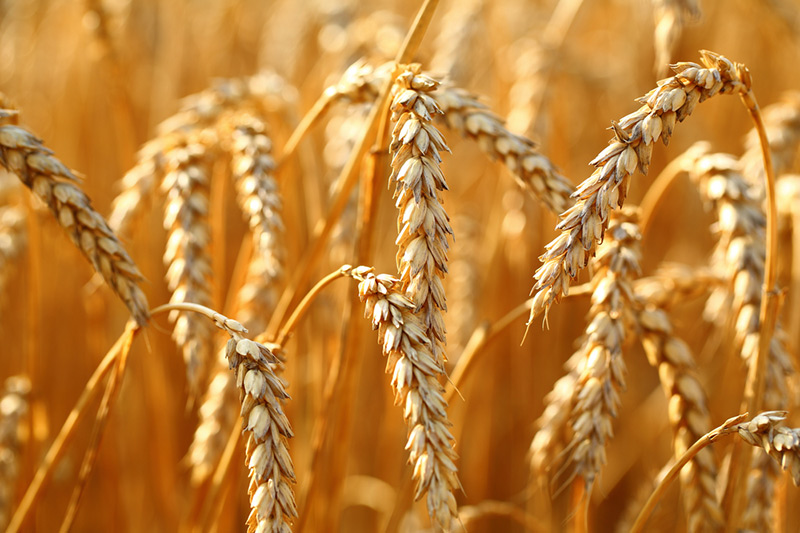Futures Pros – Wheat futures were up for a third day on Wednesday, rising to a one-week high as ongoing fears over deteriorating crop conditions in the U.S. boosted prices.
On the Chicago Mercantile Exchange, wheat futures for July delivery traded at USD7.7188 a bushel during European morning trade, jumping 1.05%.
It earlier rose to USD7.7462 a bushel, the highest price since May 11.
The U.S. Department of Agriculture said in a report on Tuesday that approximately 44% of U.S. winter-wheat crops were in ‘poor’ or ‘very poor’ condition as of May 15, the worst reading for this time of year since 1996.
The report showed that 32% of the U.S. winter-wheat crop was rated ‘good’ to ‘excellent’, down 1% from a week earlier and lower than the five-year average of 66% for this time of year.
Plantings of U.S. spring-wheat was 22% complete as of last week, compared with 65% a year earlier and an average 61% for the past five years. Spring wheat crop in North Dakota, the nation's largest producer, was only 15% planted, versus the average of 68%.
Meanwhile, the U.S. National Weather Service said that areas of Nebraska and Kansas were expected to receive as much as 1.5 inches of rain from storms beginning May 19, while southwest Kansas, Texas and Oklahoma were forecast to get mostly dry over the next week.
Kansas is the second largest wheat-growing state in the U.S. while Texas is the fifth-largest. The U.S. is the world’s biggest exporter of the grain.
Elsewhere, corn for July delivery gained 0.83% to trade at a two-week high of USD7.2662 a bushel, while soybeans for July delivery added 0.3% to trade at USD13.4438 a bushel during European morning trade.
The USDA said on Tuesday that about 63% of the U.S. corn crop was planted as of May 15, behind the five-year average of 75%, adding to concerns over tightening supplies.
On the Chicago Mercantile Exchange, wheat futures for July delivery traded at USD7.7188 a bushel during European morning trade, jumping 1.05%.
It earlier rose to USD7.7462 a bushel, the highest price since May 11.
The U.S. Department of Agriculture said in a report on Tuesday that approximately 44% of U.S. winter-wheat crops were in ‘poor’ or ‘very poor’ condition as of May 15, the worst reading for this time of year since 1996.
The report showed that 32% of the U.S. winter-wheat crop was rated ‘good’ to ‘excellent’, down 1% from a week earlier and lower than the five-year average of 66% for this time of year.
Plantings of U.S. spring-wheat was 22% complete as of last week, compared with 65% a year earlier and an average 61% for the past five years. Spring wheat crop in North Dakota, the nation's largest producer, was only 15% planted, versus the average of 68%.
Meanwhile, the U.S. National Weather Service said that areas of Nebraska and Kansas were expected to receive as much as 1.5 inches of rain from storms beginning May 19, while southwest Kansas, Texas and Oklahoma were forecast to get mostly dry over the next week.
Kansas is the second largest wheat-growing state in the U.S. while Texas is the fifth-largest. The U.S. is the world’s biggest exporter of the grain.
Elsewhere, corn for July delivery gained 0.83% to trade at a two-week high of USD7.2662 a bushel, while soybeans for July delivery added 0.3% to trade at USD13.4438 a bushel during European morning trade.
The USDA said on Tuesday that about 63% of the U.S. corn crop was planted as of May 15, behind the five-year average of 75%, adding to concerns over tightening supplies.
